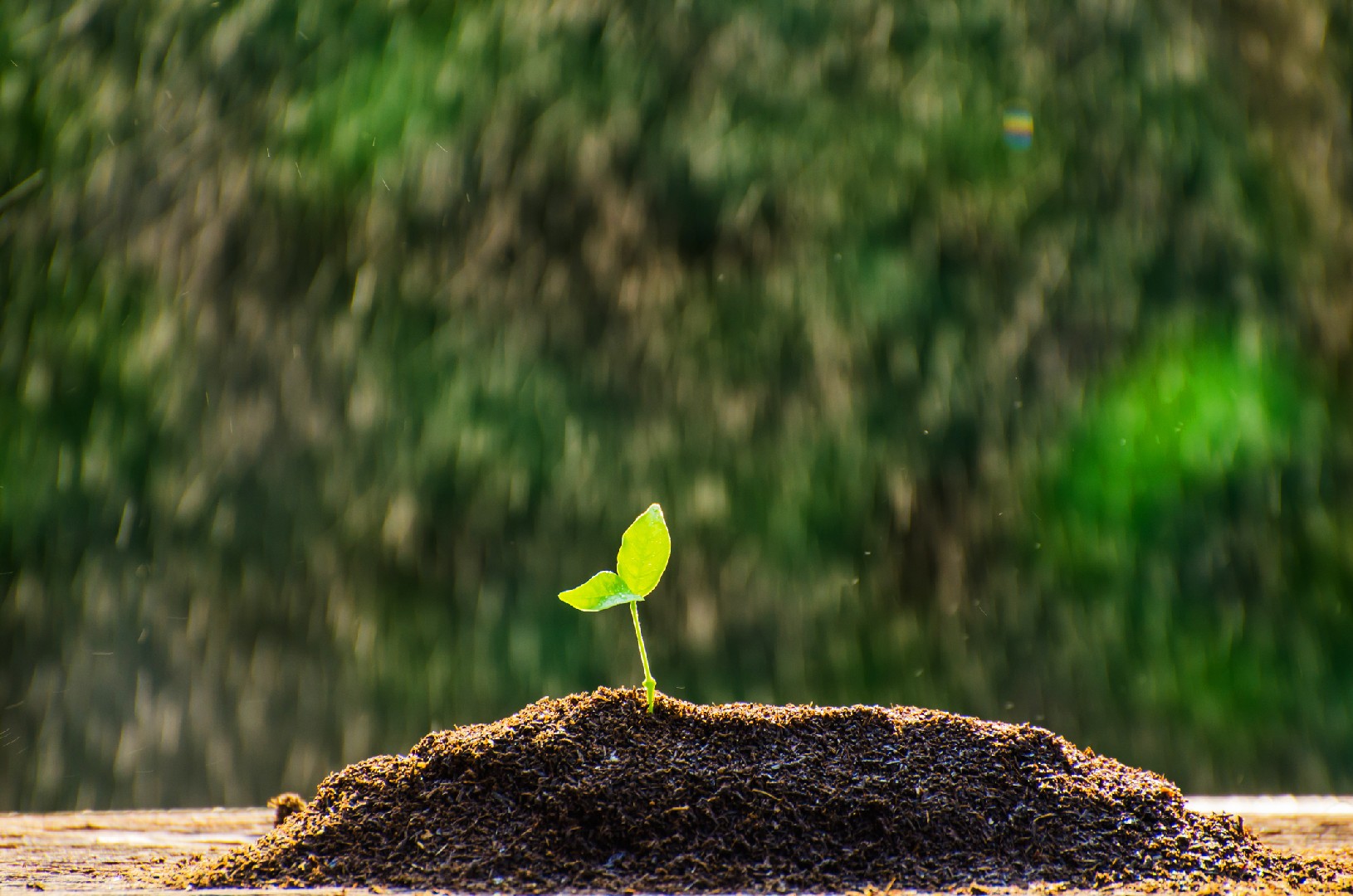![Rectangle]()
The Layering Propagation Process Explained
Layering propagation is a widely used technique in plant propagation that allows gardeners to create new plants from existing ones. It is a simple and effective method that requires minimal tools and materials. In this section, we will explore the basic steps involved in layering propagation, the time required for successful layering, and the importance of care and favorable conditions for successful layering.
The first step in the layering propagation process is selecting a suitable parent plant. Look for a healthy plant with strong stems and branches that can easily be bent and secured to the ground. Many plants can be propagated through layering, including roses, hydrangeas, and raspberries.
Once you have chosen a suitable parent plant, the next step is preparing the stem for layering. Start by removing any leaves or side branches from the middle section of the stem, leaving only a few leaves at the tip. This will prevent the stem from wasting energy on unnecessary foliage and focus its efforts on root development.
After preparing the stem, make a small cut or nick just below a node – the point where leaves or buds emerge from the stem. This will encourage the stem to produce roots at that point. You can use a sharp knife or a pair of pruning shears to make the cut. Be careful not to damage the stem or remove too much bark.
Once the stem is prepared, it's time to create a rooting medium for the layer. This can be done by digging a small trench next to the parent plant and filling it with a mixture of soil, compost, and sand. This will provide a loose and well-draining environment for root development.
Now, carefully bend the prepared stem and bury the cut section in the rooting medium. You can use U-shaped pins or small rocks to hold the stem in place and ensure it remains in contact with the rooting medium. Make sure the buried section is covered with soil, leaving only the tip of the stem and a few leaves above ground.
The final step in the layering propagation process is providing care and maintaining favorable conditions. Water the newly layered stem regularly to keep the rooting medium moist but not waterlogged. You may also consider applying a rooting hormone to stimulate root growth.
It typically takes several weeks to several months for roots to develop and a new plant to form. During this time, it is crucial to monitor the layered stem and provide occasional pruning and maintenance. Remove any dead or diseased leaves to prevent the spread of diseases and promote overall plant health.
In conclusion, layering propagation is an informative and practical method for multiplying plants. By following the steps outlined above and providing the necessary care and favorable conditions, you can successfully grow new plants from existing ones. Remember to select a suitable parent plant, prepare the stem properly, create a rooting medium, and provide ongoing care. With patience and perseverance, you will soon have a collection of beautiful and healthy plants in your garden.





